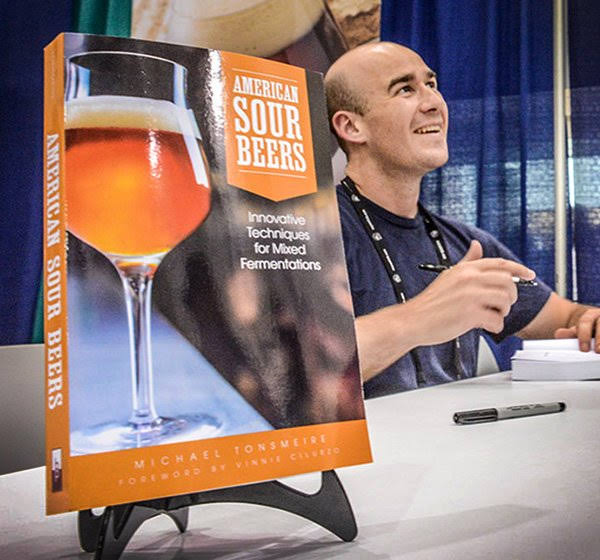 The awards were dominated by Australian breweries Stone & Wood and Brick Lane Brewing, as well as New Zealand’s Garage Project.
The awards were dominated by Australian breweries Stone & Wood and Brick Lane Brewing, as well as New Zealand’s Garage Project.  The awards were dominated by Australian breweries Stone & Wood and Brick Lane Brewing, as well as New Zealand’s Garage Project.
The awards were dominated by Australian breweries Stone & Wood and Brick Lane Brewing, as well as New Zealand’s Garage Project. 




 Kerrie Abba and Johnny Latta have put Nomad Brewing Co up for sale just shy of the Northern Beaches brewery's 10th anniversary.
Kerrie Abba and Johnny Latta have put Nomad Brewing Co up for sale just shy of the Northern Beaches brewery's 10th anniversary.  Ahead of Modus Brewing’s 10th anniversary celebration this weekend, we chat with Co-Founder Grant Wearin about his highlights from the past decade.
Ahead of Modus Brewing’s 10th anniversary celebration this weekend, we chat with Co-Founder Grant Wearin about his highlights from the past decade.  Registration is open for World Brewing Congress 2024, 17–20 August in Minneapolis! This quadrennial event unites brewing professionals for three days of superior programming, expert speakers, and valuable networking.
Registration is open for World Brewing Congress 2024, 17–20 August in Minneapolis! This quadrennial event unites brewing professionals for three days of superior programming, expert speakers, and valuable networking.  New low carb lagers and an Australian rollout of a popular non-alcoholic stout hit the shelves and beer taps.
New low carb lagers and an Australian rollout of a popular non-alcoholic stout hit the shelves and beer taps.  After 12 years at the Royal Exhibition Building in Carlton Gardens, new restrictions has forced the Melbourne arm of GABS to find new digs.
After 12 years at the Royal Exhibition Building in Carlton Gardens, new restrictions has forced the Melbourne arm of GABS to find new digs.  The Sunshine Coast brewery claimed Grand Champion Beer at the RNA Royal Queensland Beer Awards for the third year.
The Sunshine Coast brewery claimed Grand Champion Beer at the RNA Royal Queensland Beer Awards for the third year. 






